Home>Furniture & Design>Bathroom Accessories>Why Put WD40 In Toilet Bowl
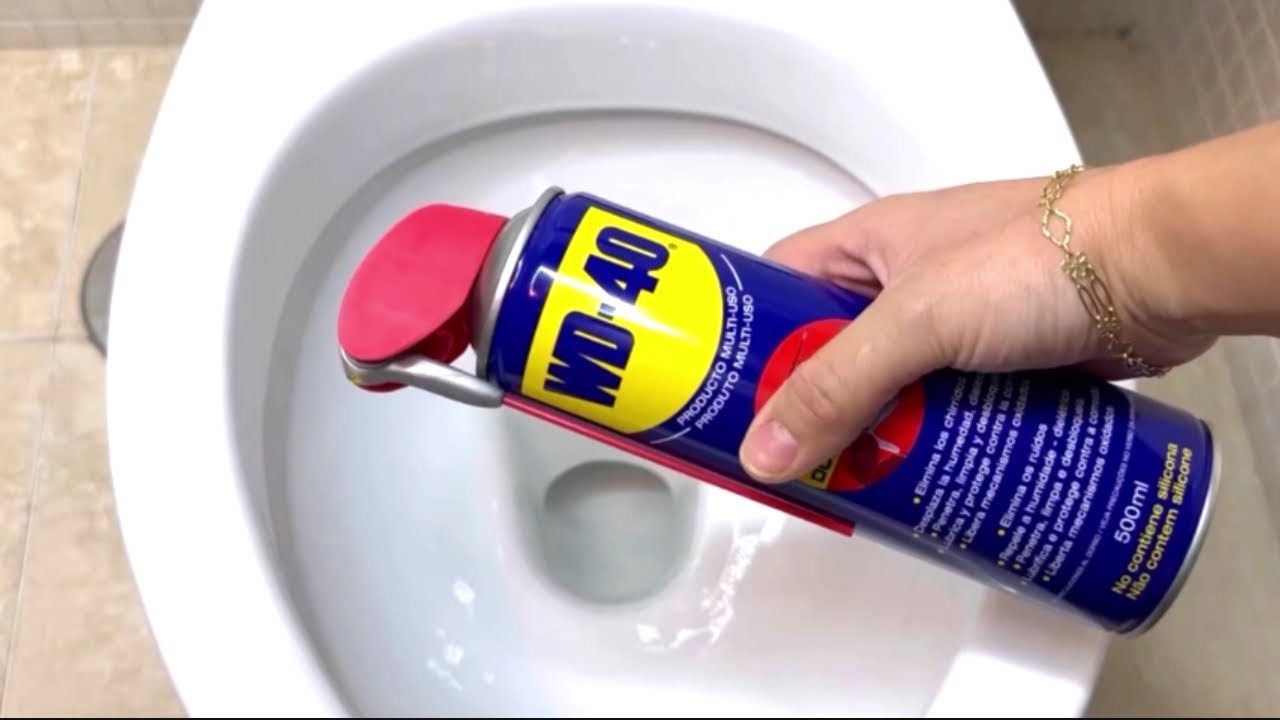

Bathroom Accessories
Why Put WD40 In Toilet Bowl
Modified: October 27, 2024
Discover the benefits of using WD40 in your toilet bowl and other bathroom accessories. Learn how this versatile product can help maintain a clean and functional bathroom.
(Many of the links in this article redirect to a specific reviewed product. Your purchase of these products through affiliate links helps to generate commission for Storables.com, at no extra cost. Learn more)
Introduction
When it comes to maintaining a clean and functional bathroom, homeowners often seek innovative solutions to tackle common issues. One such unconventional yet effective approach involves using WD-40 in the toilet bowl. While WD-40 is widely recognized as a versatile lubricant and rust-preventative product, its potential application in the bathroom might surprise many. This article delves into the intriguing practice of using WD-40 in the toilet bowl, exploring its benefits, application methods, and essential precautions.
The idea of using WD-40 in the toilet bowl may initially raise eyebrows, as this product is typically associated with tasks such as loosening rusted parts, silencing squeaky hinges, and repelling moisture. However, its unique properties make it a compelling option for addressing specific toilet-related concerns. By understanding the nature of WD-40 and its potential impact on the toilet bowl, homeowners can explore a new avenue for maintaining a clean and efficient bathroom environment.
As we delve into the details, it's important to approach this practice with an open mind and a willingness to explore unconventional yet practical solutions. By considering the potential benefits and the proper application of WD-40 in the toilet bowl, homeowners can expand their maintenance repertoire and potentially address common issues with greater ease and efficiency. Let's embark on this intriguing exploration to uncover the surprising potential of WD-40 in enhancing toilet bowl maintenance.
Key Takeaways:
- WD-40 in the toilet bowl can dissolve stains, prevent rust, and reduce mineral build-up, making the toilet cleaner and more efficient. It’s like a superhero for your bathroom!
- Applying WD-40 in the toilet bowl is easy and safe, but remember to ventilate the area, avoid mixing with other cleaners, and follow product instructions for a sparkling clean toilet.
Read more: Why Spray WD40 Up Your Faucet
What is WD40?
WD-40 is a versatile and widely recognized product that has earned a reputation for its exceptional lubricating and protective properties. The name "WD-40" stands for "Water Displacement, 40th formula," highlighting its original purpose as a water displacement compound. This iconic product was first developed in 1953 by a small team of specialists who sought to create a rust-preventative solvent for the aerospace industry. Over time, WD-40 has evolved into a household staple, renowned for its ability to address an extensive range of maintenance and lubrication needs.
The formulation of WD-40 comprises a blend of various ingredients, including mineral spirits, liquefied petroleum gas, and a proprietary mix of lubricating oils. This unique combination enables WD-40 to penetrate and displace moisture, effectively loosening rusted or stuck components. Additionally, its lubricating properties make it an ideal solution for reducing friction and preventing corrosion on metal surfaces.
Beyond its primary function as a lubricant and rust-preventative, WD-40 has demonstrated remarkable versatility in addressing an array of household and maintenance challenges. Its ability to dissolve adhesives, remove grease and grime, and protect metal surfaces from corrosion has made it a valuable asset in numerous applications. From automotive maintenance to home improvement projects, WD-40 has proven to be an indispensable tool for addressing a wide spectrum of maintenance and repair tasks.
Moreover, WD-40's non-conductive nature makes it safe for use on electrical components, further expanding its utility in various settings. Its ability to displace moisture and protect metal surfaces from corrosion has positioned WD-40 as a reliable solution for safeguarding and maintaining a diverse range of equipment and fixtures.
In summary, WD-40 is a multi-faceted product that transcends its original purpose as a water displacement compound. Its unique formulation and versatile properties have made it a go-to solution for addressing an extensive array of maintenance and lubrication needs in both household and industrial settings. With its proven track record and widespread recognition, WD-40 continues to be a trusted ally for tackling a myriad of maintenance challenges, including its surprising potential application in the toilet bowl.
Benefits of Putting WD40 in Toilet Bowl
The application of WD-40 in the toilet bowl offers several compelling benefits that can significantly enhance the functionality and appearance of this essential fixture. Understanding these advantages can shed light on the practicality of using WD-40 in the toilet bowl and its potential impact on maintenance and performance.
1. Elimination of Stubborn Stains:
WD-40's unique formulation enables it to effectively dissolve and loosen stubborn stains and mineral deposits in the toilet bowl. By applying WD-40 and allowing it to penetrate the affected areas, homeowners can facilitate the removal of unsightly stains, including hard water marks and rust stains. This can contribute to a cleaner and more aesthetically pleasing toilet bowl, enhancing the overall appearance of the bathroom.
2. Prevention of Rust and Corrosion:
The anti-corrosive properties of WD-40 make it an effective agent for preventing rust and corrosion in the toilet bowl, particularly in regions with hard water or high humidity. By applying WD-40 to the inner surfaces of the toilet bowl, homeowners can create a protective barrier that inhibits the formation of rust and corrosion, thereby prolonging the lifespan of the fixture and reducing the need for frequent maintenance.
Read more: Why Put Dish Soap In Your Toilet Bowl
3. Reduction of Mineral Build-Up:
Mineral build-up, often caused by hard water, can lead to unsightly deposits and diminished flushing efficiency in the toilet bowl. WD-40's ability to dissolve mineral deposits can help mitigate this issue, promoting improved flushing performance and reducing the likelihood of clogs or blockages. This can contribute to a more efficient and reliable toilet system, minimizing potential maintenance challenges.
4. Enhanced Lubrication of Moving Parts:
In toilets with mechanical components, such as the flushing mechanism, WD-40 can serve as a lubricant to ensure smooth and friction-free operation. Applying WD-40 to moving parts within the toilet system can help reduce wear and tear, minimize operational noise, and maintain optimal functionality. This can prolong the longevity of the toilet's mechanical components and contribute to a quieter and more efficient flushing process.
5. Odor Control and Freshness:
WD-40's ability to neutralize odors and leave a fresh scent can contribute to a more pleasant bathroom environment. By applying WD-40 in the toilet bowl, homeowners can mitigate unpleasant odors and introduce a subtle, refreshing fragrance, enhancing the overall ambiance of the bathroom.
In summary, the application of WD-40 in the toilet bowl offers a range of benefits, including stain removal, corrosion prevention, mineral build-up reduction, enhanced lubrication, and odor control. By leveraging these advantages, homeowners can optimize the functionality, cleanliness, and longevity of their toilet fixtures, contributing to a more pleasant and efficient bathroom experience.
How to Put WD40 in Toilet Bowl
Applying WD-40 in the toilet bowl involves a straightforward process that can be easily integrated into regular bathroom maintenance routines. By following the appropriate steps, homeowners can effectively harness the potential of WD-40 to address various toilet-related concerns and optimize the performance of this essential fixture.
Read more: How To Get WD-40 Out Of A Carpet
Step 1: Preparation
Before applying WD-40 to the toilet bowl, it is essential to ensure that the area is well-ventilated. Open any windows or turn on the bathroom exhaust fan to facilitate air circulation. Additionally, gather the necessary supplies, including a pair of protective gloves and a toilet brush, to aid in the application and cleaning process.
Step 2: Application
Begin by shaking the can of WD-40 to ensure thorough mixing of the formulation. With the toilet seat and lid in the upright position, carefully spray a generous amount of WD-40 directly into the toilet bowl, ensuring comprehensive coverage of the inner surfaces. It is advisable to aim for the areas affected by stains, mineral deposits, or corrosion to maximize the product's effectiveness.
Step 3: Allow Penetration
After applying WD-40, allow it to penetrate the affected areas for a sufficient duration. This can range from 10 to 15 minutes, during which the product can effectively dissolve stains, loosen mineral deposits, and create a protective barrier against corrosion. The waiting period enables WD-40 to exert its cleaning and protective properties, preparing the toilet bowl for the subsequent cleaning and maintenance steps.
Step 4: Scrubbing and Flushing
Once the WD-40 has had ample time to work its magic, don a pair of protective gloves and use a toilet brush to scrub the inner surfaces of the toilet bowl thoroughly. Focus on areas with stubborn stains or mineral deposits, applying gentle pressure to facilitate the removal of accumulated residues. After scrubbing, flush the toilet to rinse away the loosened debris and residual WD-40, revealing a cleaner and refreshed toilet bowl.
Read more: Why Is There No Water In My Toilet Bowl
Step 5: Post-Application Maintenance
Following the application of WD-40 and the subsequent cleaning process, it is advisable to perform routine maintenance to uphold the cleanliness and functionality of the toilet bowl. This includes regular cleaning with a suitable toilet bowl cleaner and periodic inspections to address any emerging issues or maintenance needs.
By following these steps, homeowners can effectively put WD-40 in the toilet bowl, leveraging its unique properties to address stains, corrosion, mineral build-up, and odors. This simple yet impactful practice can contribute to a cleaner, more efficient, and longer-lasting toilet fixture, enhancing the overall bathroom experience.
Precautions and Safety Measures
When considering the application of WD-40 in the toilet bowl, it is essential to prioritize safety and adhere to precautionary measures to ensure a secure and effective process. By acknowledging and implementing the following precautions and safety measures, homeowners can confidently integrate WD-40 into their toilet maintenance routine while mitigating potential risks and ensuring a positive outcome.
Ventilation and Personal Protection
Before applying WD-40 in the toilet bowl, it is crucial to ensure adequate ventilation in the bathroom. Open windows or activate the exhaust fan to facilitate air circulation, minimizing the inhalation of fumes and promoting a comfortable environment. Additionally, wearing protective gloves during the application and cleaning process can safeguard the skin from direct contact with the product, enhancing personal safety and minimizing potential skin irritation.
Avoiding Contact with Other Cleaning Products
To prevent adverse chemical reactions and ensure the efficacy of WD-40, it is important to avoid mixing or combining it with other cleaning products. Mixing WD-40 with bleach, ammonia-based cleaners, or acidic substances can lead to hazardous fumes or reduced effectiveness, posing potential health risks and compromising the desired outcomes. Therefore, homeowners should exercise caution and refrain from combining WD-40 with incompatible cleaning agents.
Read more: Why Is There Ants In My Toilet Bowl
Proper Disposal of Residual WD-40
After completing the application and cleaning process, it is important to dispose of residual WD-40 responsibly. Avoid pouring excess WD-40 directly into the toilet or drainage system, as this can contribute to environmental contamination and potential plumbing issues. Instead, consider wiping away any excess product with a disposable cloth and disposing of it in accordance with local waste disposal guidelines, promoting environmental responsibility and safety.
Child and Pet Safety
Given that WD-40 is a chemical product, it is crucial to store it securely and out of reach of children and pets. The potential hazards associated with accidental ingestion or prolonged exposure underscore the importance of storing WD-40 in a designated and inaccessible area. By prioritizing proper storage and handling, homeowners can minimize the risk of unintended exposure and promote a safe living environment for all occupants.
Adherence to Product Instructions
Before using WD-40 in the toilet bowl, it is advisable to review the product instructions and guidelines provided by the manufacturer. Familiarizing oneself with the recommended application methods, safety precautions, and potential hazards outlined in the product documentation can enhance the overall understanding of WD-40 and its appropriate usage. By adhering to the manufacturer's instructions, homeowners can optimize the safety and effectiveness of the application process.
By acknowledging and implementing these precautions and safety measures, homeowners can confidently integrate WD-40 into their toilet maintenance routine while prioritizing safety and environmental responsibility. These proactive steps contribute to a secure and effective application process, ensuring a positive outcome and a well-maintained toilet fixture.
Conclusion
In conclusion, the application of WD-40 in the toilet bowl presents a compelling and practical approach to addressing common maintenance challenges and optimizing the functionality of this essential fixture. By harnessing the unique properties of WD-40, homeowners can effectively combat stubborn stains, prevent corrosion, reduce mineral build-up, enhance lubrication, and control odors, thereby contributing to a cleaner, more efficient, and longer-lasting toilet system.
The surprising versatility of WD-40, originally renowned for its lubricating and protective capabilities, extends into the realm of bathroom maintenance, offering a valuable solution for homeowners seeking effective and innovative approaches to toilet care. The ability of WD-40 to dissolve stains, neutralize odors, and create a protective barrier against corrosion underscores its potential as a versatile tool for enhancing the cleanliness and longevity of the toilet bowl.
Furthermore, the application process for WD-40 in the toilet bowl is straightforward and easily integrated into regular maintenance routines. By following the recommended steps and adhering to essential precautions, homeowners can leverage the benefits of WD-40 while prioritizing safety and environmental responsibility. This simple yet impactful practice empowers homeowners to maintain a clean, efficient, and aesthetically pleasing bathroom environment.
As homeowners explore the potential of WD-40 in the toilet bowl, it is crucial to approach this practice with an open mind and a willingness to embrace unconventional yet practical solutions. By understanding the benefits, application methods, and safety measures associated with using WD-40 in the toilet bowl, homeowners can expand their maintenance repertoire and address common issues with greater ease and efficiency.
In essence, the utilization of WD-40 in the toilet bowl exemplifies the innovative and adaptive nature of household maintenance, demonstrating the versatility of a trusted product in addressing diverse challenges. By embracing this approach, homeowners can enhance the overall functionality and appearance of their bathroom fixtures, contributing to a more enjoyable and well-maintained living space.
In summary, the incorporation of WD-40 in the toilet bowl represents a testament to the resourcefulness and ingenuity of homeowners in seeking practical and effective solutions. By recognizing the potential of WD-40 beyond its traditional applications, homeowners can elevate their maintenance practices and cultivate a more resilient and efficient home environment.
Curious about more than just sprucing up your bathroom? Dive into our detailed guide on home maintenance to keep every corner of your abode in top shape. Or, if tackling stubborn grease is your current challenge, don't miss our cleaning hacks for achieving a spotless oven effortlessly. Both pieces are packed with practical tips and easy-to-follow advice that'll make maintaining and cleaning your home simpler than ever!
Frequently Asked Questions about Why Put WD40 In Toilet Bowl
Was this page helpful?
At Storables.com, we guarantee accurate and reliable information. Our content, validated by Expert Board Contributors, is crafted following stringent Editorial Policies. We're committed to providing you with well-researched, expert-backed insights for all your informational needs.
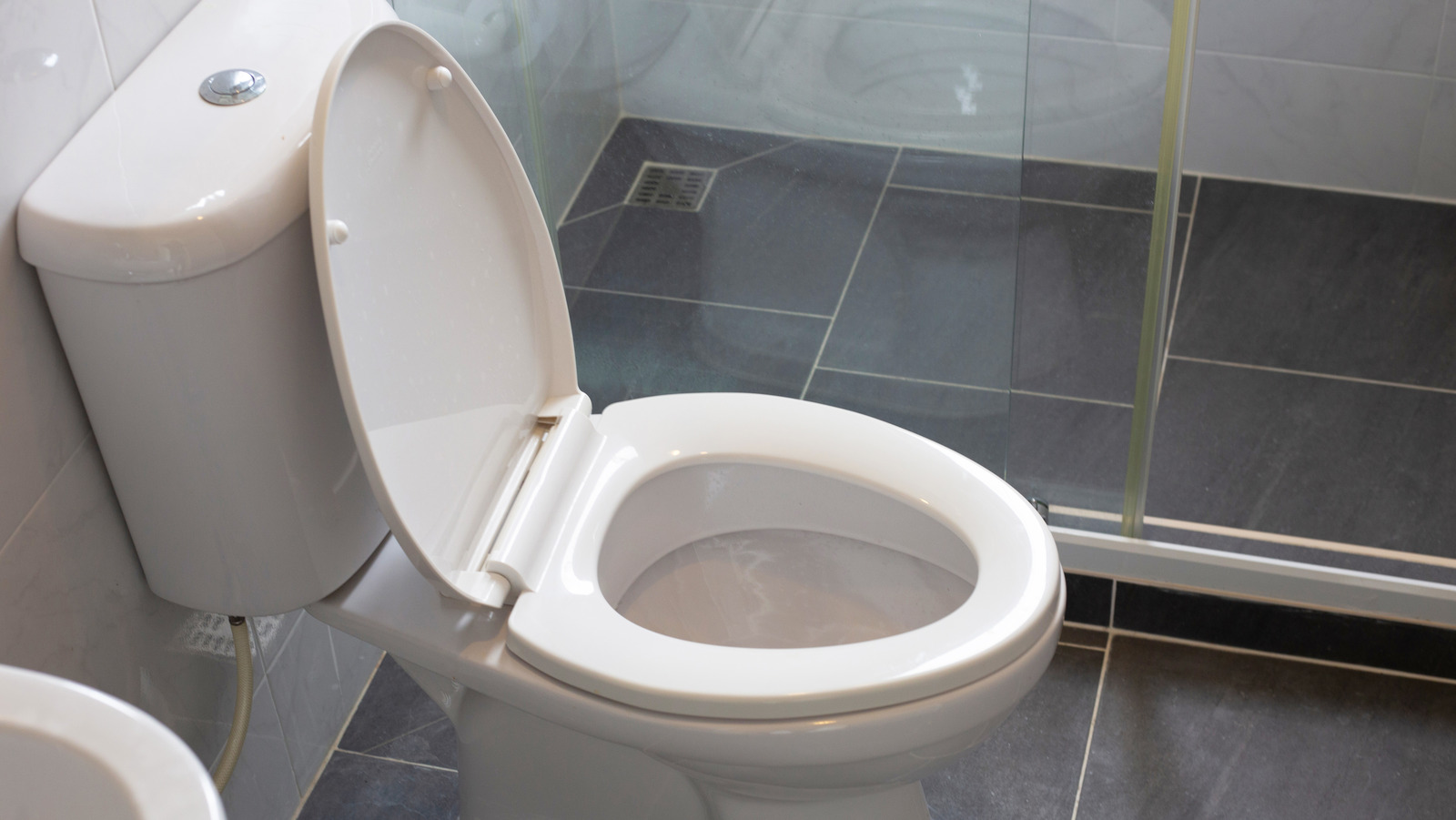
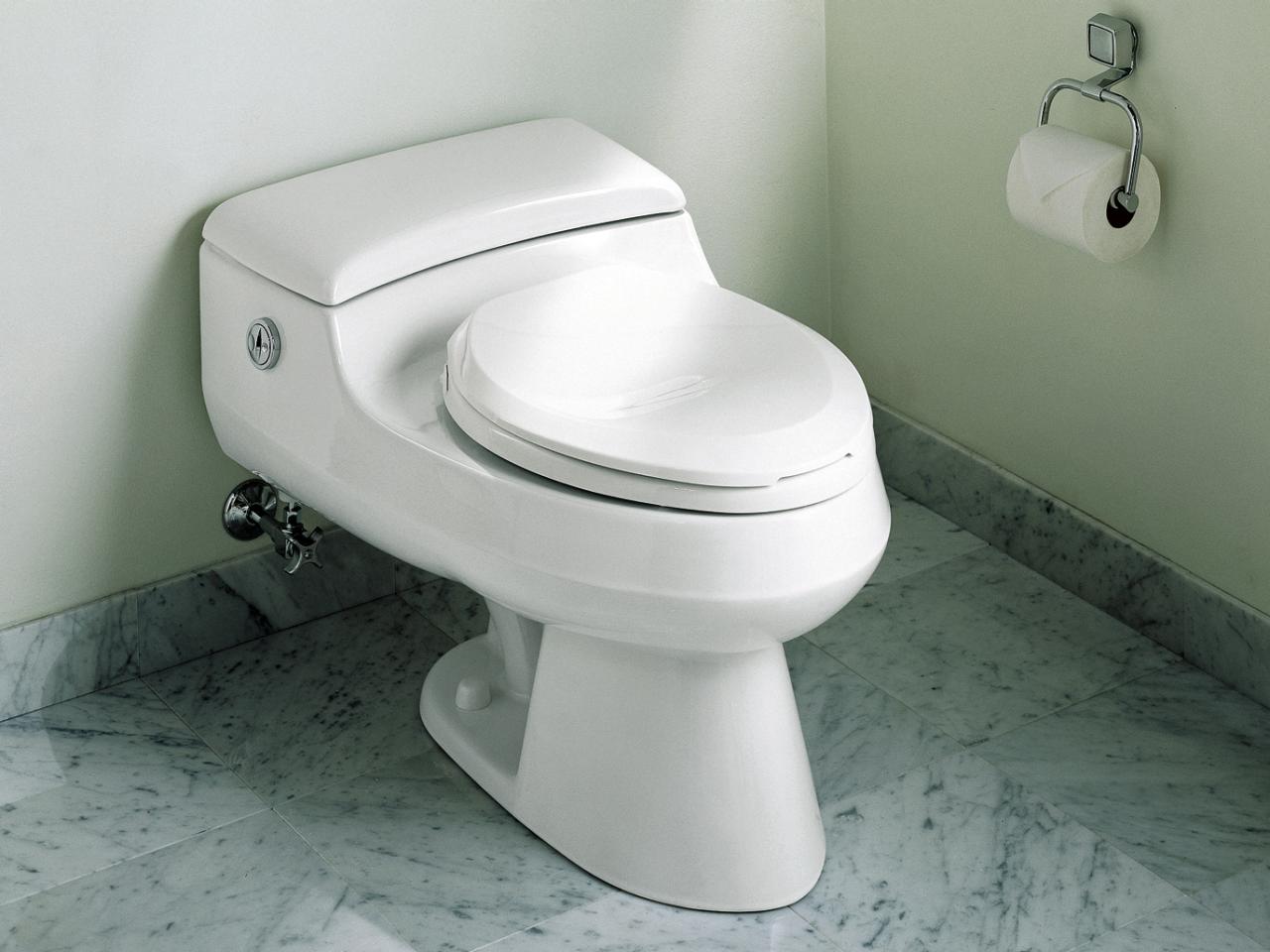
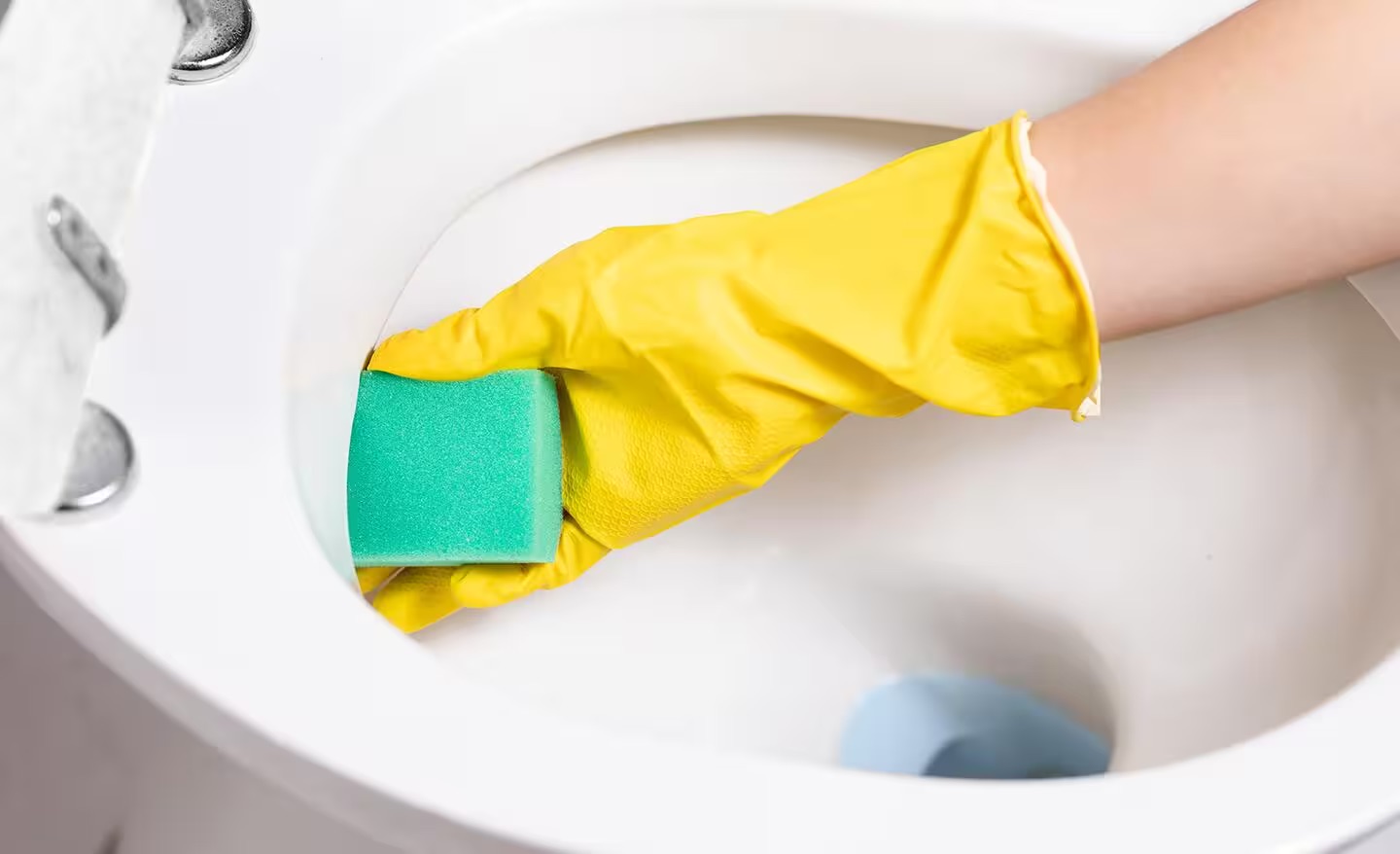
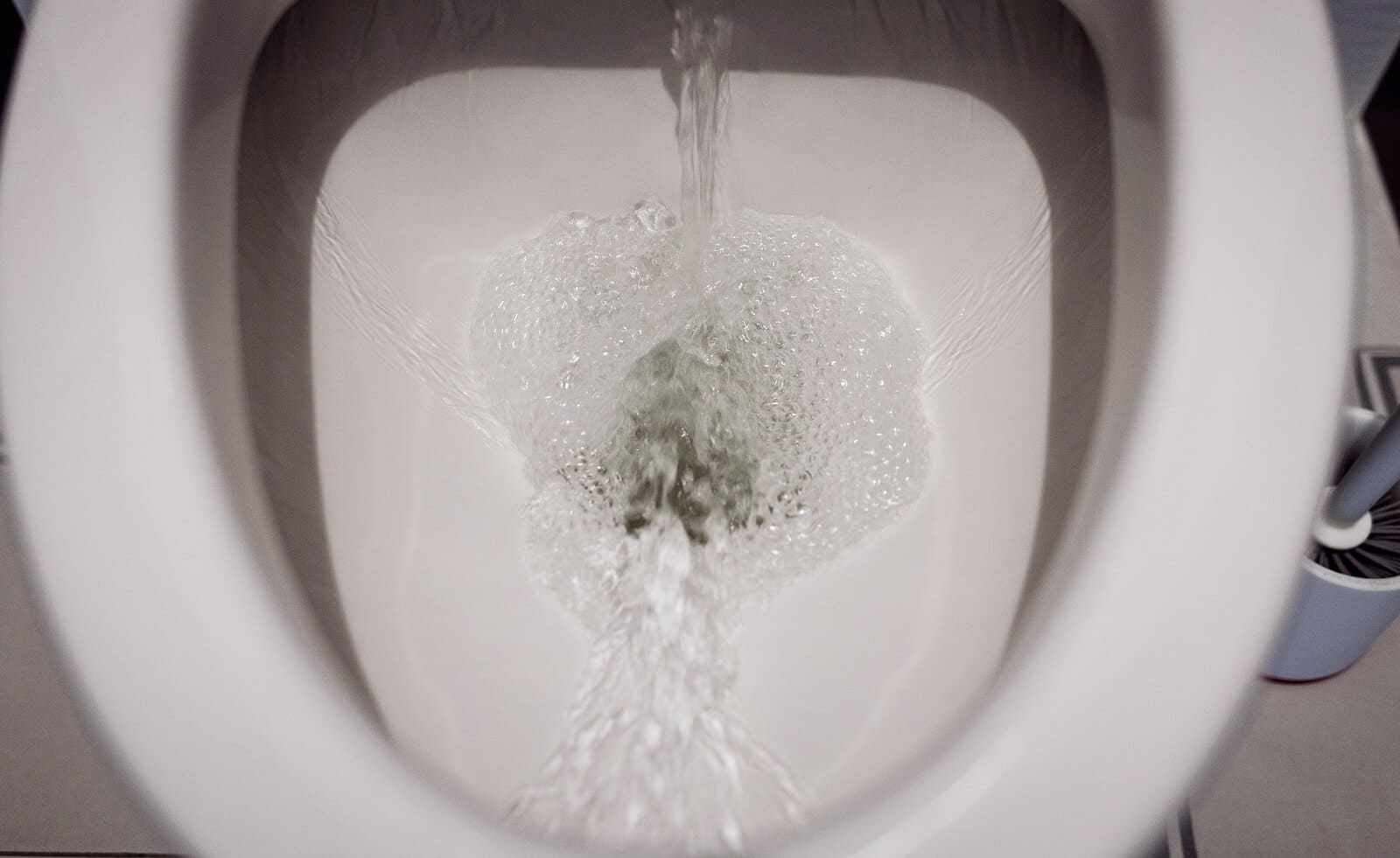
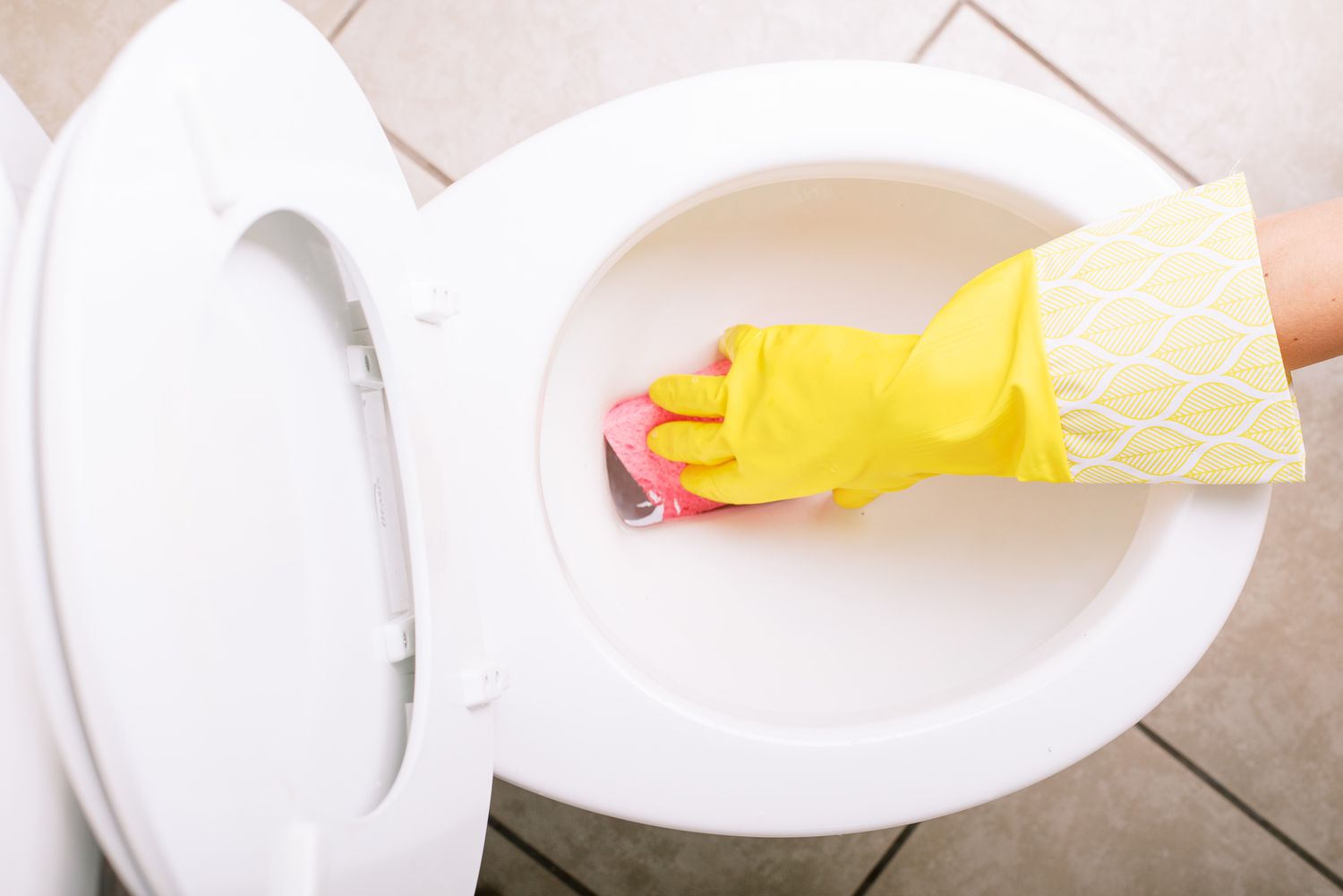
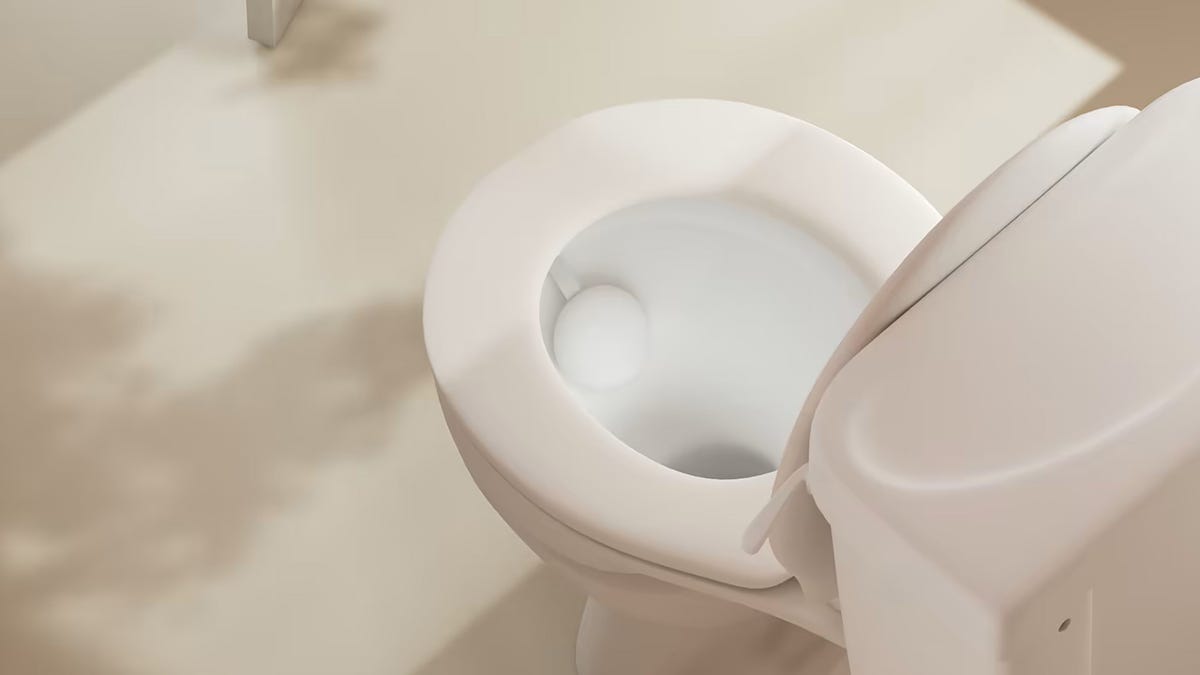
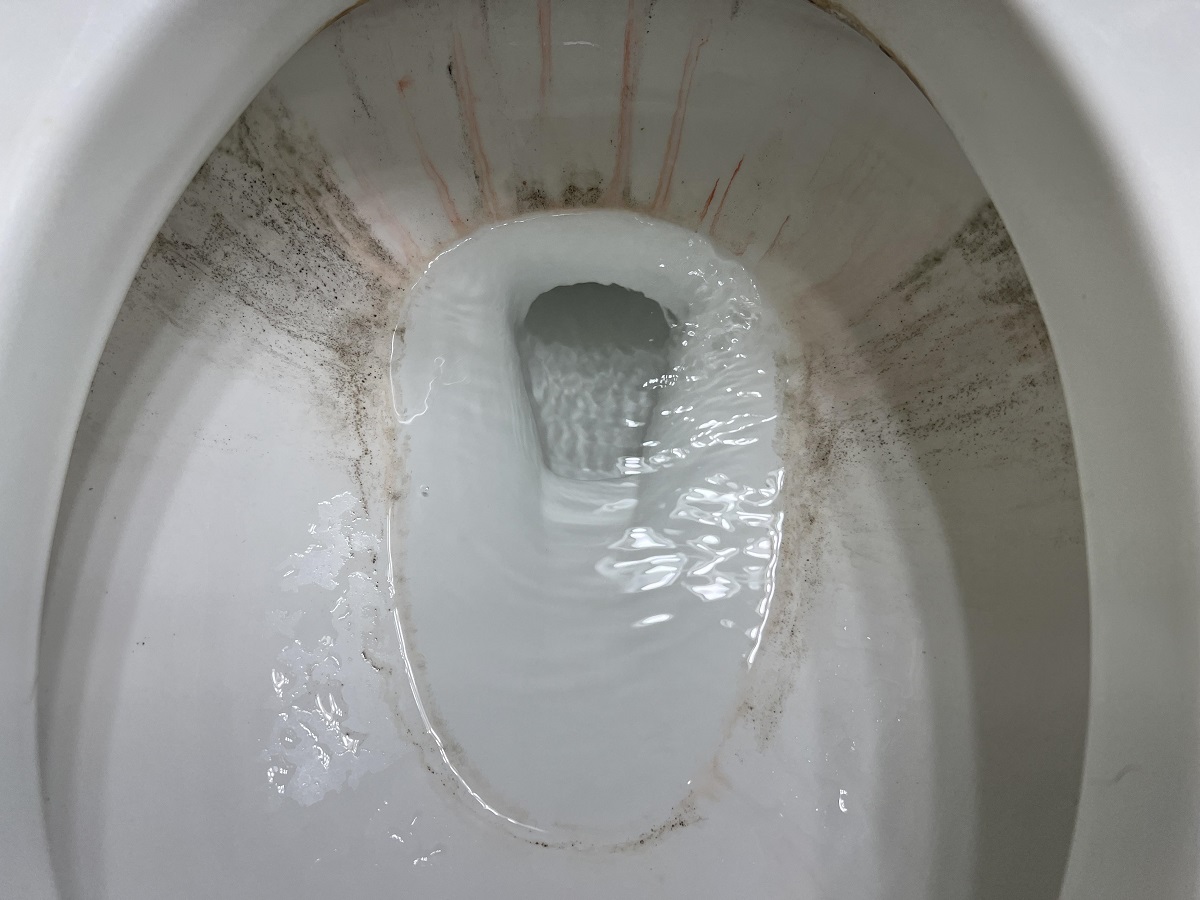
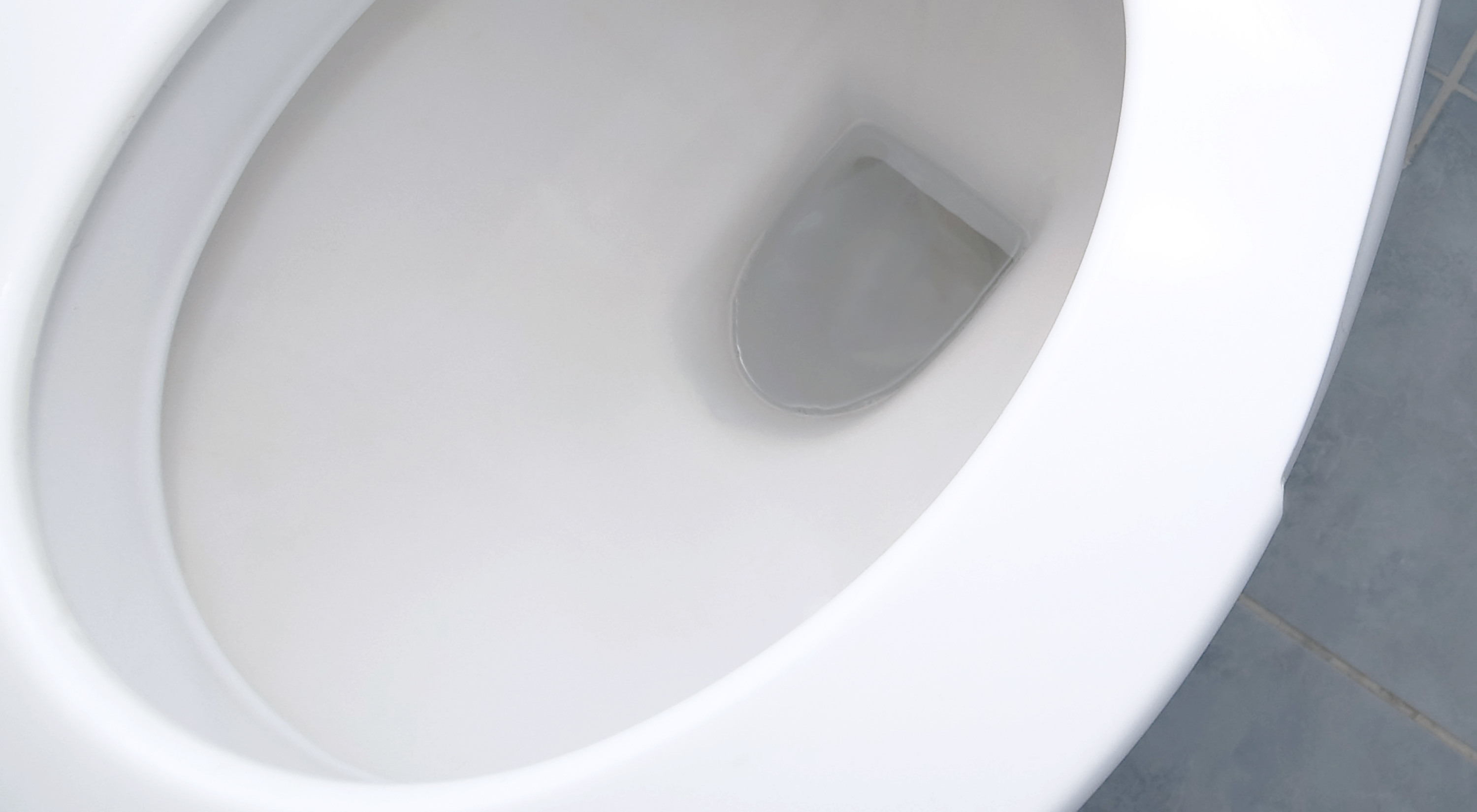
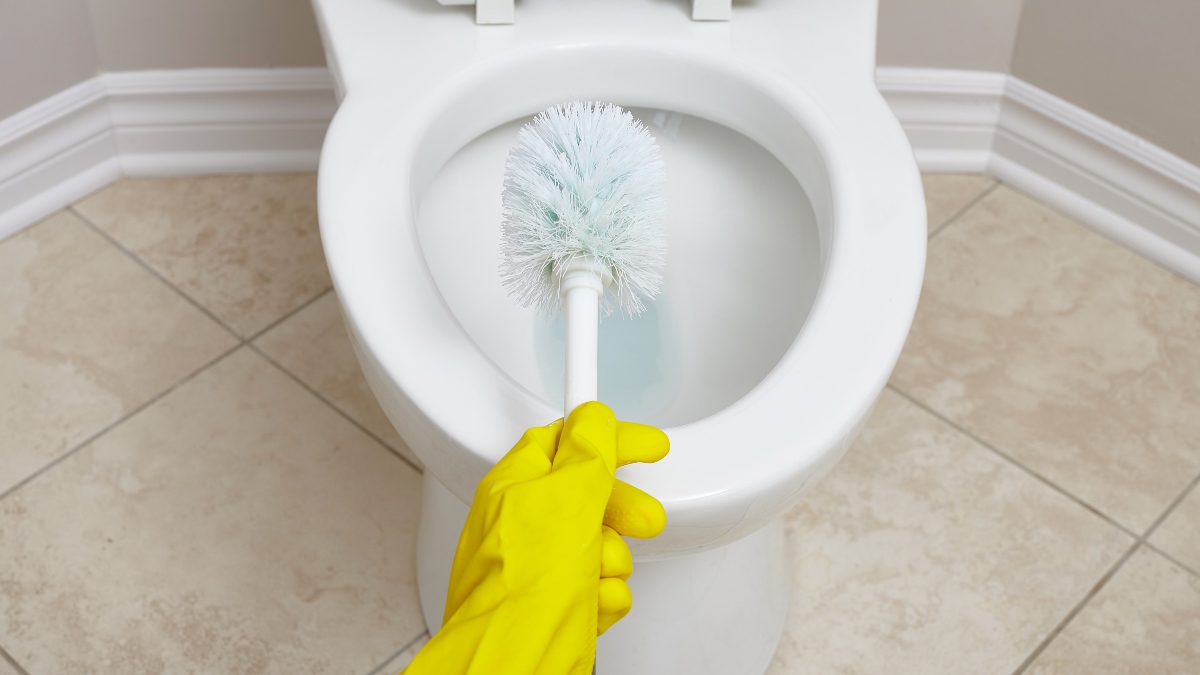
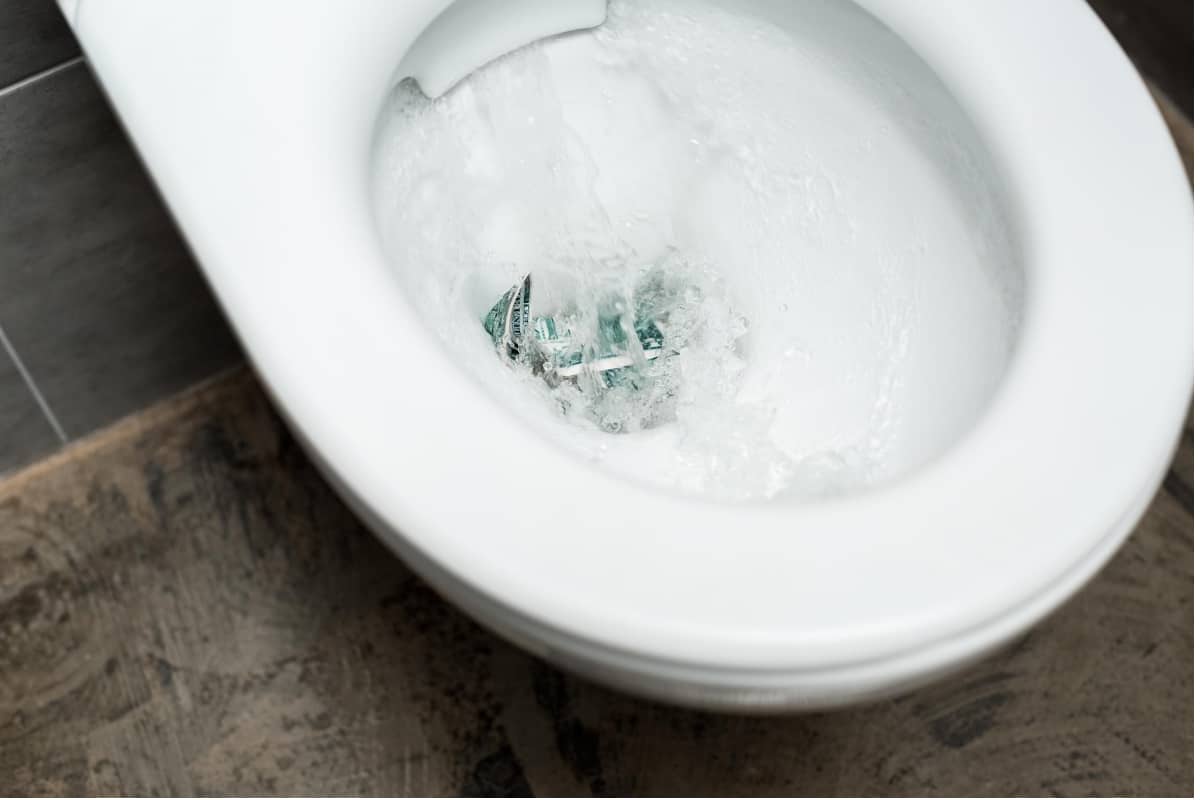
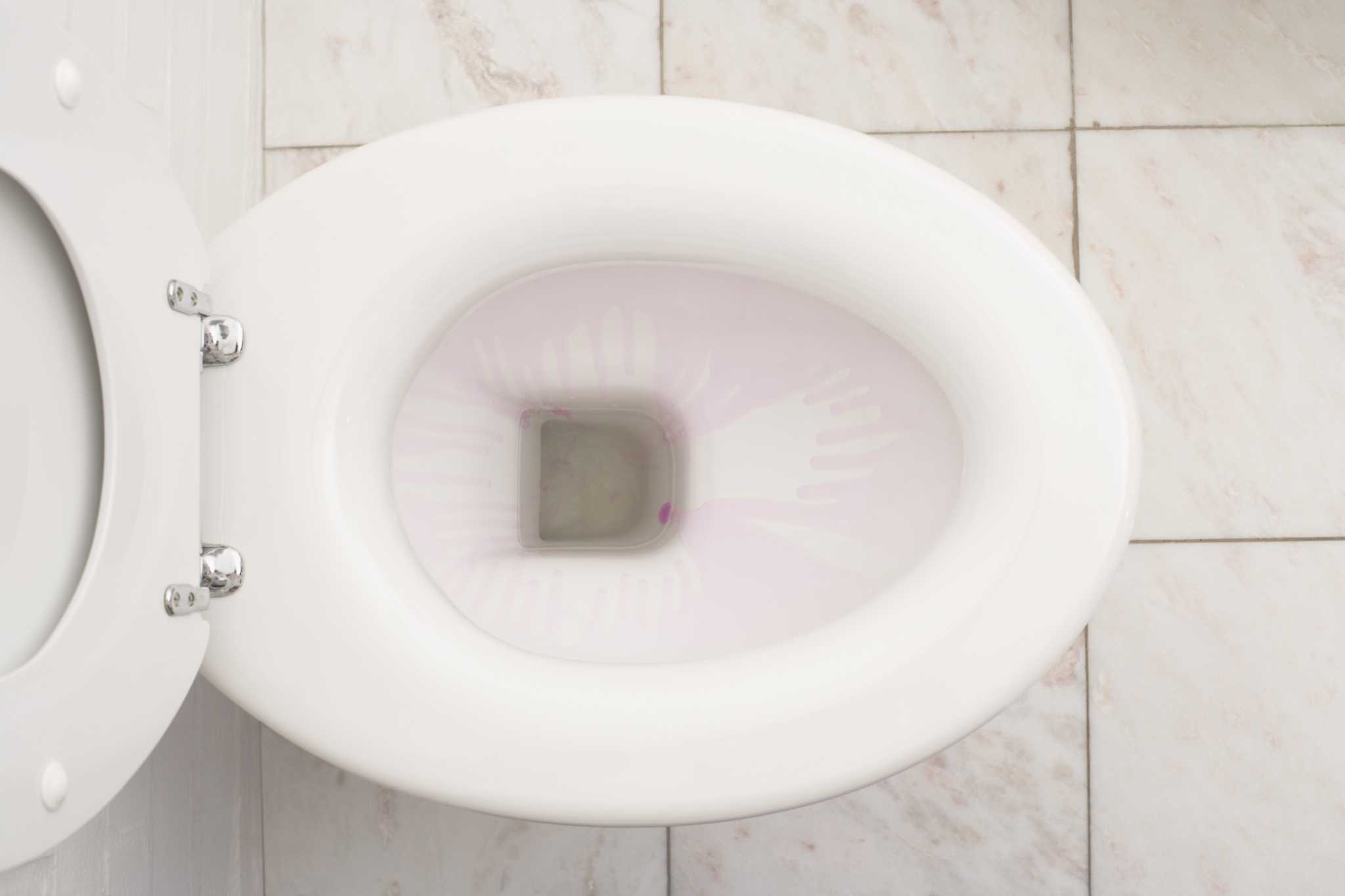

0 thoughts on “Why Put WD40 In Toilet Bowl”